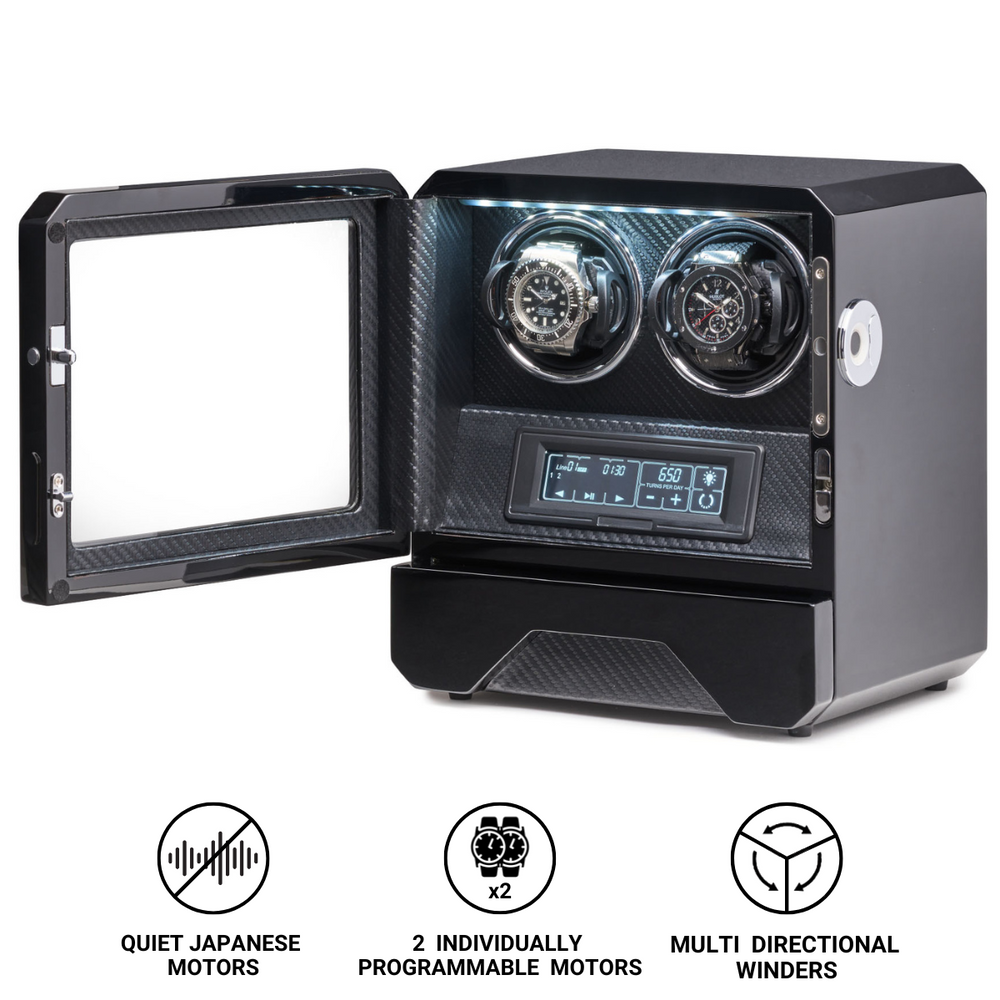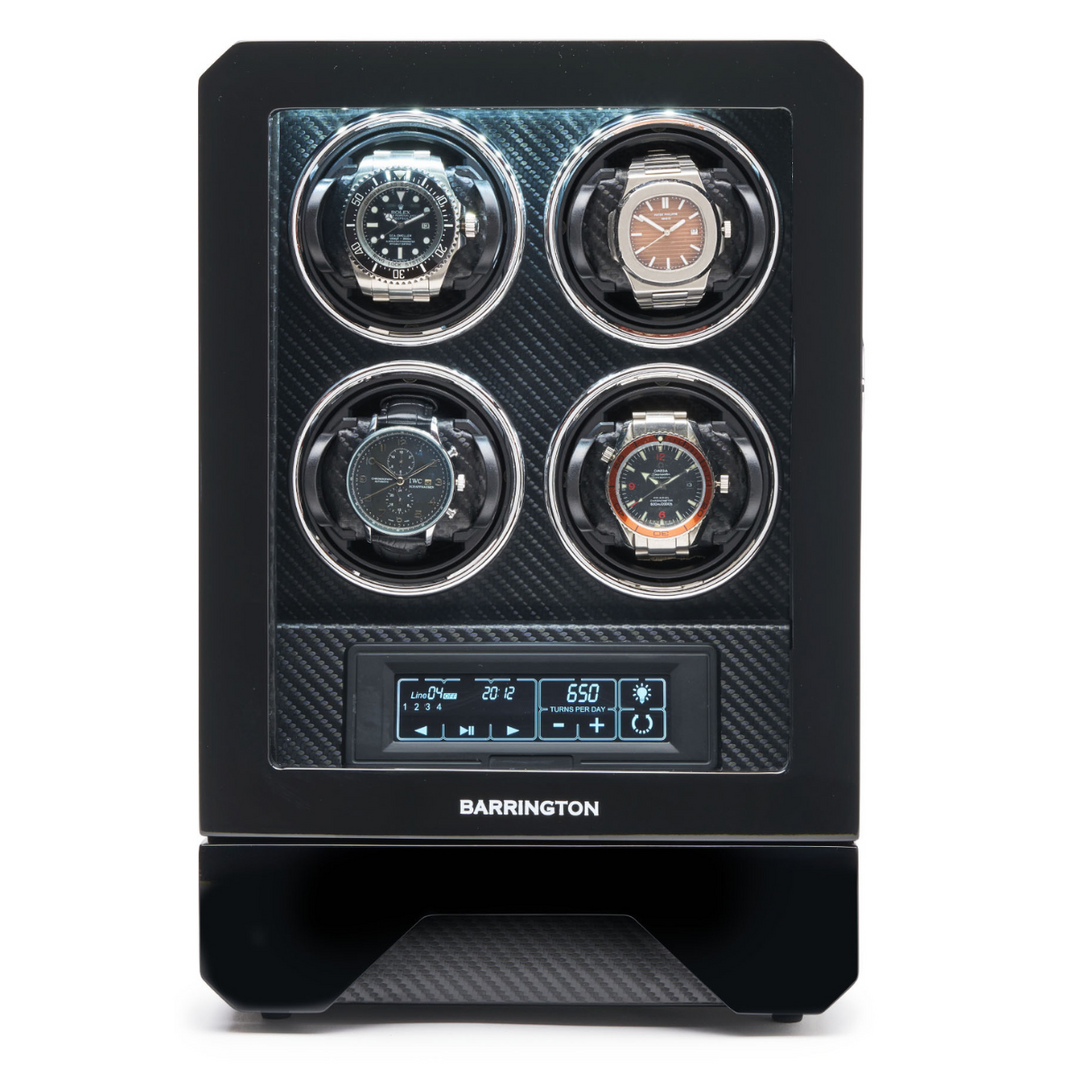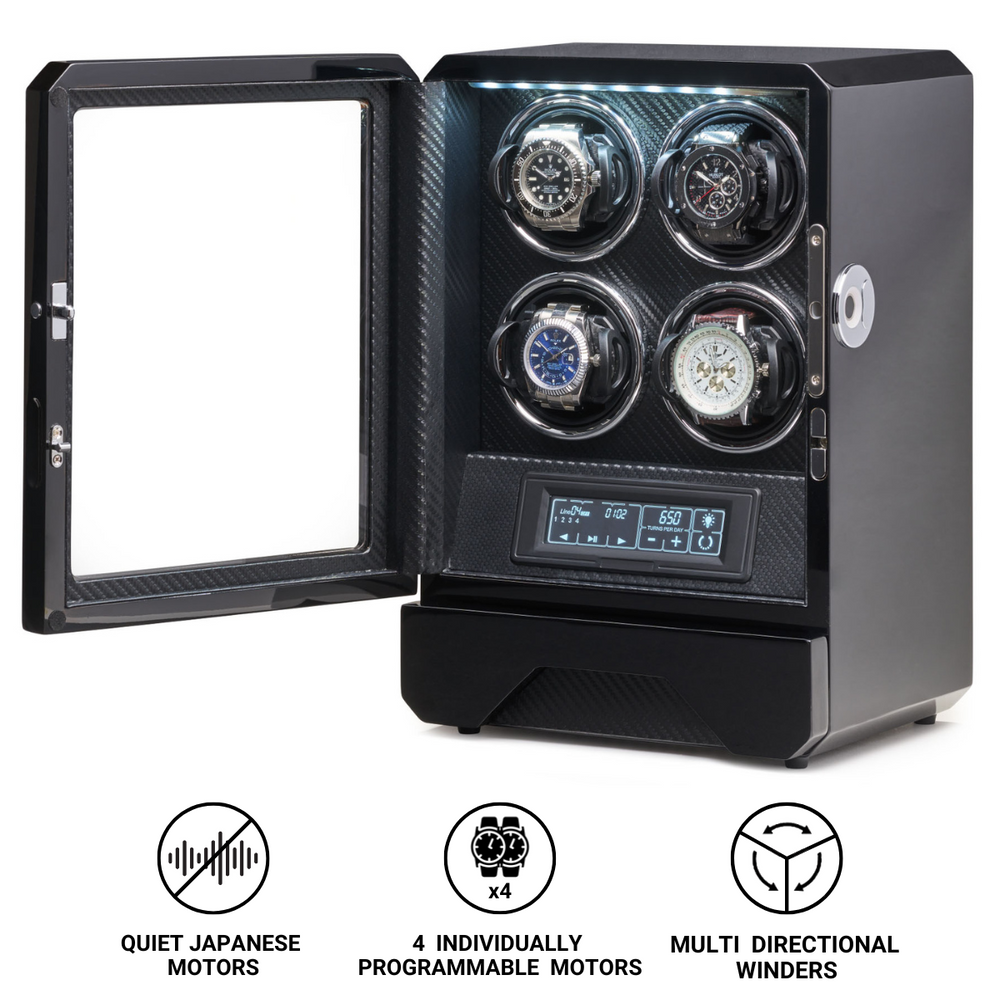What is Caseback?
In the world of horology, few components of a watch combine function, craftsmanship, and storytelling as elegantly as the caseback. Often overlooked by casual observers, the caseback is the rear cover of a watch case, sealing and protecting the movement within. Yet beyond its purely practical purpose, it has become a vital space for artistic expression, technical innovation, and even emotional connection between the watchmaker and its owner.
To understand the significance of the caseback is to explore a layer of watchmaking that is as revealing as it is concealed. Whether solid or transparent, engraved or polished, screwed or snapped into place, the caseback represents the point where engineering meets art.
The Function of the Caseback
At its most fundamental level, the caseback serves to protect the heart of the watch – the movement. It forms the lower boundary of the case, ensuring that dust, moisture, and external shocks are kept at bay. A properly designed caseback is crucial for maintaining water resistance, structural rigidity, and the overall longevity of the timepiece.
Most casebacks are made from the same material as the rest of the case, whether stainless steel, titanium, precious metal, or high-tech ceramics. In dive watches and professional instruments, the caseback is often thicker and reinforced, contributing to the watch’s depth rating and ensuring the safety of the movement under pressure.
The design also influences serviceability. Depending on the construction, a caseback can either be easily removed by a watchmaker for maintenance or require special tools for sealing and water-resistance testing. Thus, while it might appear simple, the caseback is a critical element in the structural and functional integrity of every watch.
Types of Casebacks
Over centuries of horological evolution, several main types of casebacks have emerged. Each offers distinct advantages and reflects a different philosophy of design and utility.
-
Snap-On Caseback
This type is pressed into place and secured by friction. Common in vintage and dress watches, snap-on casebacks are easy to open for servicing but provide limited water resistance. Their simplicity suits timepieces not designed for extreme environments. -
Screw-Down Caseback
The most widely used type today, the screw-down caseback features a threaded edge that screws tightly into the case. It ensures a secure, water-resistant seal, making it ideal for sports and diving watches. Many include fine engravings or relief markings, often indicating serial numbers or water-resistance ratings. -
Screwed Caseback with Screws
Instead of threads, this version is fixed by small screws positioned around the perimeter. This method allows for even pressure distribution and is often found in luxury timepieces where precision assembly is prioritised. -
Exhibition or Display Caseback
A transparent caseback, usually made of sapphire or mineral crystal, allows the wearer to view the movement in action. Once reserved for high-end mechanical watches, this feature has become increasingly popular across price ranges. It offers a glimpse into the artistry of mechanical engineering, from Geneva stripes and perlage finishing to skeletonised bridges and hand-engraved rotors.
Each of these types has its place depending on the intended purpose of the watch. A dress watch may prioritise elegance and slimness, while a dive watch demands a caseback that can withstand immense pressure.
The Evolution of the Caseback in Watchmaking History
In the early days of pocket watches, the caseback was often a hinged metal cover that could be opened to reveal the movement. Watchmakers decorated these with ornate engravings or family crests, turning them into personal heirlooms. When wristwatches became popular in the early 20th century, casebacks adapted to their new, more exposed role.
Initially, wristwatch casebacks were simple metal plates pressed or screwed onto the case. However, as water resistance became a priority, especially after Rolex introduced the Oyster case in 1926, designs grew more sophisticated. The screw-down caseback became a standard for durability, sealing gaskets and preventing water ingress.
The mid-20th century brought another transformation: the rise of personalised engravings. Military watches, for instance, often featured service numbers, issue dates, or unit insignias engraved on the caseback. For civilians, casebacks became spaces for dedications and milestones – retirement gifts, anniversaries, and achievements immortalised in steel.
By the late 20th century, transparent sapphire casebacks emerged, revolutionising the relationship between wearer and movement. Suddenly, the mechanical heart of the watch was no longer hidden. Collectors could admire balance wheels oscillating, rotors spinning, and bridges glinting under light. This transparency symbolised a new era of mechanical appreciation, where the caseback itself became a window into the soul of the watch.
Aesthetic and Emotional Dimensions
Beyond engineering, the caseback serves as a canvas for design and storytelling. Watchmakers often use it to express the character of the brand or model. Engravings may include logos, serial numbers, hallmarks, limited-edition numbers, or intricate motifs tied to the watch’s inspiration – such as a diver’s helmet on a dive watch or a celestial engraving on an astronomical complication.
For owners, the caseback often carries emotional meaning. Personal inscriptions, initials, or dedications transform a mechanical object into a sentimental possession. Many vintage watches discovered decades later reveal stories engraved in metal: tokens of love, remembrance, or adventure.
Even the orientation and finishing of the caseback reflect craftsmanship. Luxury brands take great care to ensure that engraved text aligns perfectly when screwed into place – a detail known as “indexing.” Others polish or brush the surface to complement the overall design of the watch, proving that even the unseen side deserves as much attention as the dial.
The Role of the Exhibition Caseback
Perhaps the most captivating evolution of all is the exhibition caseback. This feature has redefined how watch enthusiasts interact with timepieces. Through the sapphire crystal window, one can witness the intricate ballet of gears, escapements, and oscillating rotors that power the watch.
Luxury brands take advantage of this transparency to showcase their finishing techniques. Geneva stripes, anglage (bevelled edges), sunburst brushing, and heat-blued screws are proudly displayed for connoisseurs to admire. In haute horlogerie, the movement is not merely a mechanism but a work of kinetic sculpture.
The rise of exhibition casebacks also changed the relationship between wearer and watchmaker. What was once hidden now becomes part of the experience. The caseback has evolved from a protective shield to an artistic stage, celebrating the craftsmanship that lies within.
Caseback Materials and Innovations
The material of a caseback can influence the comfort, durability, and aesthetics of a watch. Stainless steel remains the most common choice, prized for its resilience and corrosion resistance. Precious metals such as gold or platinum add weight and prestige, while titanium offers a lightweight and hypoallergenic alternative.
In recent years, ceramic and carbon composites have been introduced, offering scratch resistance and modern aesthetics. Transparent casebacks rely on sapphire crystal due to its exceptional hardness and clarity. Occasionally, mineral glass or acrylic is used in more affordable models, though these are less resistant to scratches.
Some contemporary brands experiment with hybrid constructions, combining metal frames with sapphire centres for added rigidity. Others use innovative engravings applied by laser or chemical etching, creating high-precision reliefs that would have been impossible decades ago.
Caseback and Water Resistance
For water-resistant watches, the caseback is a critical element in ensuring the seal integrity. The gasket – a small rubber or synthetic ring placed between the case and the caseback – prevents moisture from entering the movement. In professional dive watches, these gaskets must withstand high pressure, and the screw-down design ensures consistent compression.
Manufacturers often engrave the depth rating and relevant certifications directly onto the caseback, a mark of reliability and performance. Some professional divers’ watches even feature a helium escape valve integrated into or adjacent to the caseback, a technical solution that prevents crystal displacement during decompression.
Collectability and Heritage
Casebacks can also reveal a great deal about a watch’s provenance and authenticity. Serial numbers, manufacturer codes, and hallmarks are often found there, providing valuable clues for collectors and historians. A genuine, unaltered caseback engraving can confirm a model’s originality, production year, or limited-edition status.
For vintage enthusiasts, the condition of the caseback often affects a watch’s value. Over-polished or re-engraved surfaces can diminish authenticity, while crisp, legible markings are highly prized. The inscriptions serve as historical fingerprints, linking each timepiece to its origin and journey through time.
The Balance Between Visibility and Mystery
A watch’s face tells the time, but the caseback tells its story. Whether solid or open, minimalist or decorated, it encapsulates the duality of horology – precision hidden within beauty. Some collectors prefer the mystery of a closed caseback, appreciating its restraint and durability. Others favour the transparency of a display back, drawn to the poetry of visible motion.
There is no single correct choice. The charm of the caseback lies in its ability to bridge practicality and personality. It protects the movement yet invites curiosity, conceals complexity yet hints at mastery.
Conclusion
The caseback may be the most unassuming part of a watch, yet it holds immense significance in the art and engineering of horology. It shields the mechanism from the world while serving as a stage for artistry, identity, and legacy. From the precision of its sealing to the finesse of its engraving, from the intimacy of personal inscriptions to the spectacle of exhibition movements, the caseback embodies the hidden soul of every timepiece.
In a craft defined by both function and beauty, the caseback stands as a reminder that what lies unseen often defines true excellence. Whether admired through sapphire glass or felt against the wrist in solid metal, it remains one of the purest expressions of the watchmaker’s silent dialogue with time.









